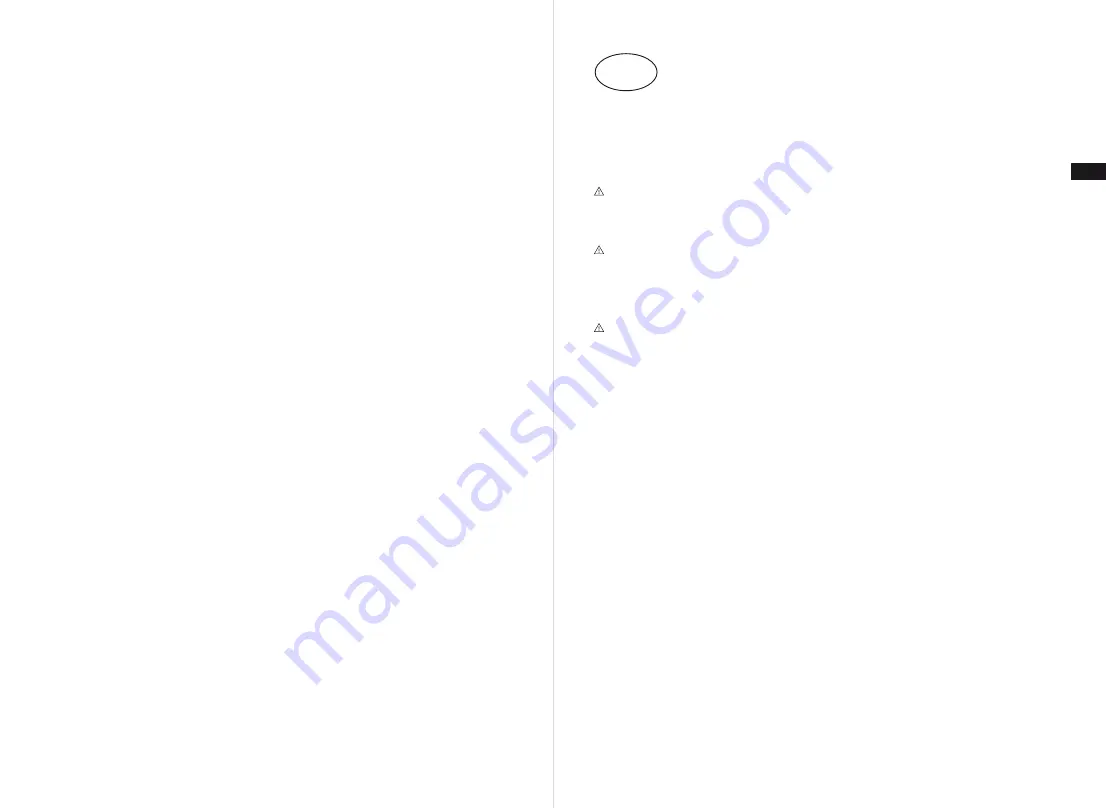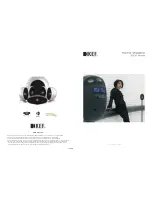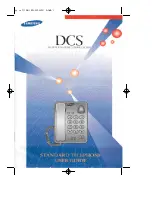
01
www.globalwatersolutions.com
PressureWave™ / Max™ / UltraMax™ / M-Inox™ / E-Wave™ / Challenger™ /
C2Lite™ / Flow-Thru™ / HeatWave™ / SolarWave™ / ThermoWave™ Series
CAUTIONS AND WARNINGS
CAUTION:
To prevent personal injury, ensure all water
pressure is released from the pressure system prior to work being
performed. Ensure pumps are disconnected and/or electrically
isolated.
WARNING:
It is strongly recommended that the system is
protected by a suitable pressure relief valve set at or below the
maximum tank pressure rating. Failure to install a relief valve may
result in tank explosion in the event of a system malfunction or
over pressurization, resulting in property damage, serious personal
injury or death.
WARNING:
If the pressure tank leaks or shows signs of
corrosion or damage do not use it.
Installed on
__________
by
________________
PLEASE READ ALL INSTRUCTIONS BEFORE
INSTALLING YOUR NEW GLOBAL WATER
SOLUTIONS (GWS) TANK
These instructions have been prepared to acquaint you with the
correct method of installing and operating your GWS pressure
tank. We urge you to study this document carefully and follow all
of the recommendations. In the event of installation difficulties or
the need for further advice, you should contact the dealer from
whom you purchased the system or the nearest GWS sales office.
• Press
ureWave™, Max™, UltraMax™, M-Inox™, E-Wave™,
Challenger™, C2Lite™, and FlowThru™ Series tanks are
designed for use in well water or potable water booster systems.
Refer to Sec. 1 for installation details.
• HeatWave™ and SolarWave™ Series tanks are designed for
use in non-potable closed loop hydronic or solar water heating
systems. Refer to Sec. 2 for installation details.
• ThermoWave™ Series tanks are designed for use in open loop
potable water heating applications. PressureWave™, E-Wave™,
and Challenger™ Series may also be used in open loop potable
water heating applications. Refer to Sec. 2 for installation details.
• See tank data label for maximum working pressure and maximum
temperature.
• Be sure to protect tank, piping and all system components from
freezing temperatures.
• The manufacturer is not responsible for any water damage in
connection with this diaphragm pressure tank.
INSTALLATION MUST BE IN ACCORDANCE WITH LOCAL
OR STATE PLUMBING CODES.
1. Well Water and Booster System Tank
Installation
1.1 Proper GWS Tank Location
In order to ensure your tank provides its maximum service
life it should always be installed in a covered, dry position. The
tank should not be allowed to rub against any surrounding hard
surfaces, such as walls etc.
Install the tank at a location to prevent water damage due to leaks.
The tank should always be located downstream from the pump.
If the tank is located at a lower elevation than the demand then
a check valve should be installed. If the tank is installed remotely
from the pump then install the pressure switch near the tank. The
tank should be installed as close as possible to the pressure switch,
transducer or flow sensor. This will reduce the adverse effects of
added friction loss and differences in elevation between the tank
and/or the water main and the pressure switch, transducer or
sensor.
1.2 System Connection
1. Place the GWS tank in its final desired location.
2. Level as necessary. All vertical and horizontal model tanks
should be placed on a firm base. If vibration is likely to occur in the
vicinity the tank should be mounted on a resilient mount. Tanks
with steel bases should be mounted using supplied “L” brackets,
while tanks with plastic bases should be mounted thru the holes
in the base. For bases without holes, holes should be drilled at four
points equally distant along the rim of the base and then mounted
accordingly. Inline tanks should be connected directly to the pump
or to the supply line using a “T” connection.
3. Connect to pump supply line with a short pipe to eliminate
unnecessary friction loss. Make sure all connections are snug but
not over tightened.
4. All piping should be in accordance with prevailing local codes
and standards.
5. Refer to tank data label to confirm BSP or NPT threaded
connections.
1.3 Adjusting Precharge Pressure
Correct precharge is required for proper tank performance.
1. For tanks installed with a pressure switch controlled pump with
a differential pressure set up to 20 psi (1.4 bar), precharge should
be set to 2 psi (0.2 bar) below the cut-in pressure.
2. For tanks installed with a pump controlled by a pressure switch
with a pressure differential greater than 20psi (1.4 bar), electronic
controls or variable speed controls, precharge should be set to
65% of cut-out or max system pressure.
3. For tanks installed on main pressure, the tank precharge should
be set equal to the main pressure. For main pressure exceeding
88 psi (6 bar), a suitable pressure regulator should be installed.
ENG INSTALLATION AND OPERATING MANUAL
ENG



































